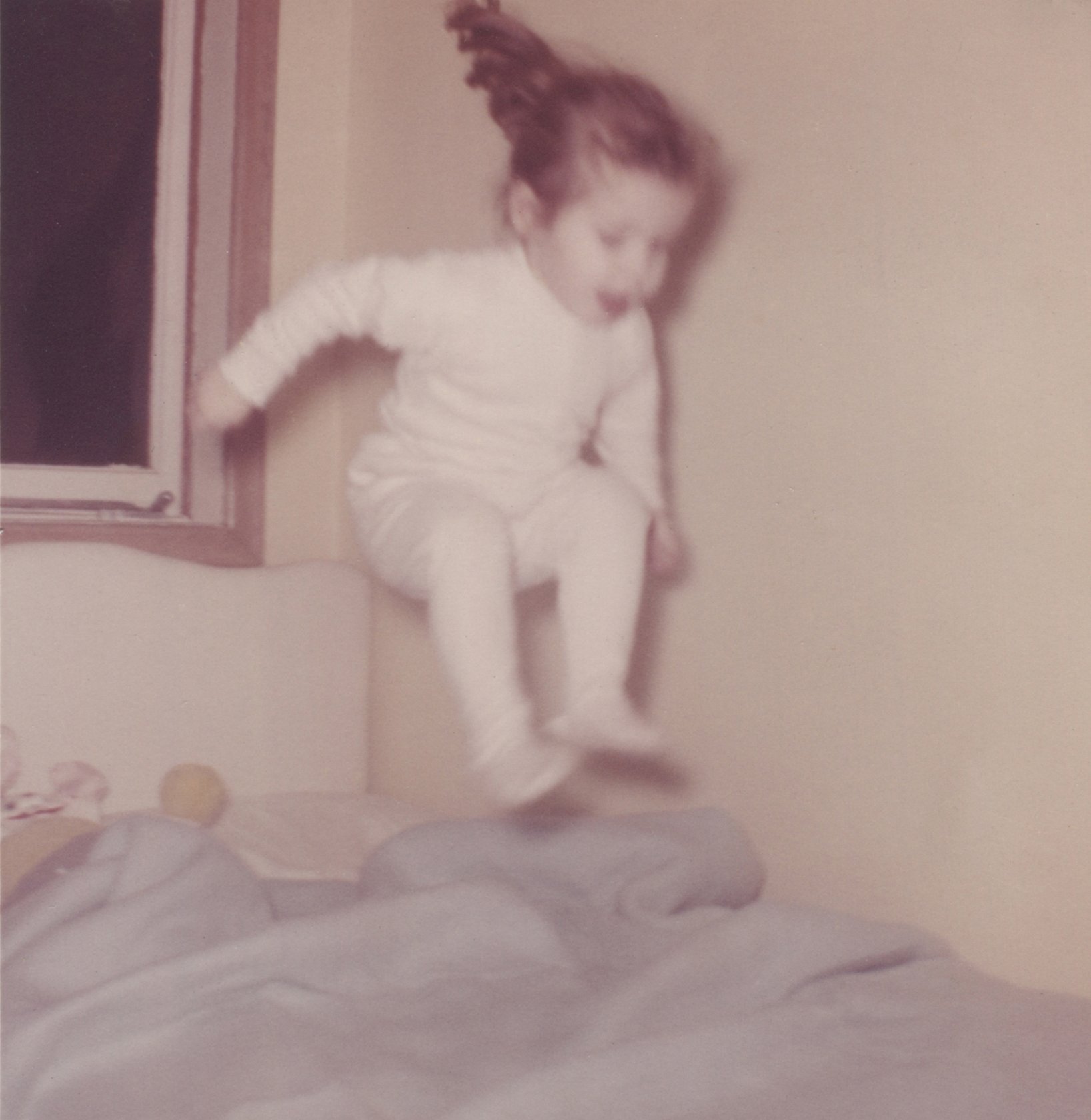A Home Is for Living In
Your home is a place for you and your family to live now.
The Kish home for 62 years.
A year ago I started to clear my late parents’ home to get it ready for sale. My father had passed away in early December and it made sense that I, an organizer, would take on this task.
This house had been the Kish family home for almost 62 years. It was where we grew up and where we returned for holidays and celebrations. Through good times and bad, even after we had our own homes, it was always HOME.
We were a family of six living in this brick ranch house with a a footprint of 1,100 square feet. With the help of my pépé and uncle, my father built a carport which was later enclosed as a garage. Our big back yard had room enough for a vegetable garden, and trees, shrubs, and flower beds; a swing set and playhouse; and enough lawn left over to play badminton or catch.
My best friend, my little brother, and me.
Our house had a living/dining room, galley kitchen, one bathroom, and three bedrooms. My parents had the largest bedroom, of course. I shared a bedroom with my sister, and our two brothers shared the third bedroom. Each bedroom had a closet measuring eight square feet and we had a large double linen closet in the hall next to the bathroom. The kids’ bedrooms were just big enough for two twin beds, a dresser, and maybe a bedside table.
One half of our full basement was converted into a rec room when I was about twelve. A laundry room, a work room, and a store room comprised the other half.
My other little brother
This past year, our house was described as small by more than one tradesperson who came to help us. Our “small house” was the same size as all the other houses in the neighbourhood. We didn’t think of it as small when we were growing up.
As children, we spent much of our free time outside of the house, especially in summer, and when we were in the house we spent our time together as a family in front of our black and white TV (with four channels). Our bedrooms gave us privacy when we needed it. The rec room that came later was welcome added living space.
From Life at Home in the Twenty-First Century. Families congregate in the usual places: kitchen/eating area and TV/family room.
Our “small” house had space for:
sleeping
cooking and dining
working and studying
relaxing and playing
enjoying hobbies and crafts
pets
entertaining and celebrating
privacy
storing our possessions
We had space for living.
Mémé and Pépé arriving for their anniversary party.
You’ll notice the above list puts family first and stuff last. Our home was not a storage unit, it was not a museum. All of our rooms were used for the purpose for which they were intended and most of them did extra duty, serving multiple purposes. The size of the rooms and the closets acted as a natural limit on what we could own, and the main living areas of our house never looked cluttered. We also grew up in a time in which people owned much less than we do in our current age of rampant consumerism.
Having said that, the storage room in our basement was a source of embarrassment for our mother. It became known as the back room. Cue creepy gothic organ music. Our mom would react with horror if she learned that one of us had taken a new friend down there. “You didn’t show them the back room?!”
Mommy and my baby sister at Christmas.
The daughter of a carpenter, she built the wooden shelves that lined both sides of the room herself. Over the years the place became a repository for things that she decided we had to keep and a dumping ground for things she didn’t want to keep but had neither the time nor the energy to get rid of. As she got older and her health failed, she refused offers of help to clear the clutter down there because she wanted to make decisions herself but could no longer negotiate the stairs.
In Life at Home in the Twenty-First Century, a study conducted by UCLA and published in 2012, anthropologists looked into the homes of 32 middle-class dual-income families. Many of the women in these families suffered from elevated levels of cortisol caused by the stress of the clutter in their homes.
Daddy delivering Easter beer to our neighbour.
“Don’t build shelves!” my father would say after my mother passed away. They only attract clutter, though those shelves would groan under the weight of his own collections. More on that in a future post.
Put family first and stuff last. Your home is not a storage unit, it is not a museum. Your home is a place for you and your family to live now.







